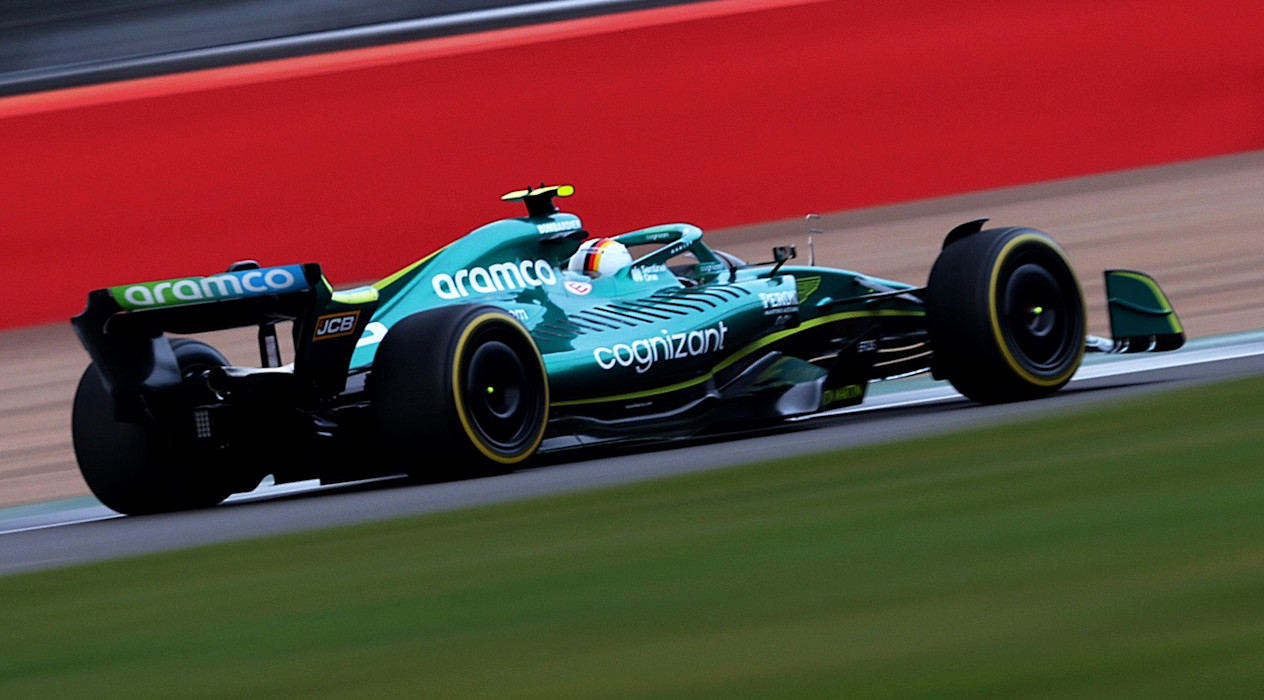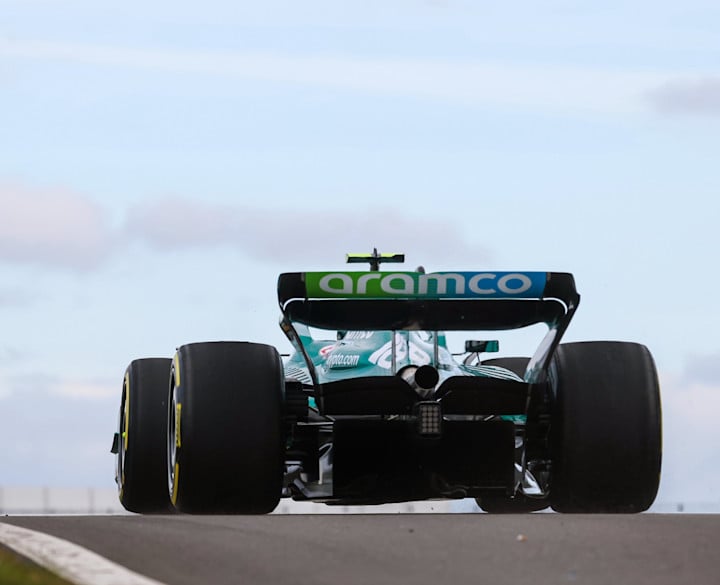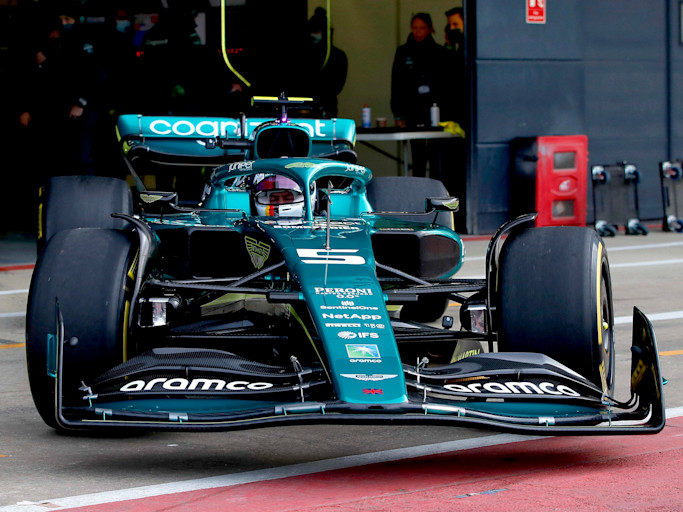
With reams of data and insight to come in pre-season testing next week, we're bringing you the lowdown into the six key areas of Formula One's technical revolution.
For F1 aficionados, ground effect evokes memories of the championship's past, when the 1970s played host to a series of incredible innovations that pushed the boundaries of downforce and performance.
As F1's technical leaders created the formula for the latest regulation set, and primarily the desire to create better, closer racing, the solution led them back to ground effect.
The previous generation of cars had become incredibly complex, with the aerodynamic devices on the bargeboard area alone showing an innate ability to create huge amounts of 'dirty air'.
The wake of the car ahead made it difficult for a car behind to follow without a loss of downforce and increased tyre degradation.
Solving this problem, therefore, lies in ground effect.
AMR22: Tech insights
The new era of Formula One has arrived. Designed to produce better racing, and heralding the return of ground effect, the AMR22 represents F1's biggest design revolution in decades.

Andrew Green, Aston Martin Aramco Cognizant Formula One™ Team Chief Technical Officer, explains the impact of ground effect, highlighting its benefits for wheel-to-wheel racing.
“It goes without saying that if you're using the ground to generate the load and the downforce, you're going to put less stress on the air, which is then less turbulent for the car behind.
"So, we think that's the general plan: that the car behind will be in a much smoother air stream and will be able to follow more closely, so the racing should be more exciting."

the drivers will be driving something that is quite go-kart-like.
The changes will have a knock-on effect on the car more broadly.
The removal of various aerodynamic appendages creates a sleeker car design but means aero performance has been lost.
The challenge for the teams is to find ways to claw that performance back, and Andrew adds that new aero devices are likely to appear across the grid through development.
"It's a reasonable aerodynamic loss compared to the highly developed cars that we had in 2021," he explains.
"These cars are now taking a few steps back, as far as development goes, with most teams having only been working on them for less than a year.
Sights and sounds of an F1 2022 car
Turn up the volume and immerse yourself in the sights and sounds of a new F1 era, as the Aston Martin Aramco Cognizant Formula One™ Team AMR22 hits the track at Silverstone.

"The generation of cars that we've just finished racing had multiple years of development with their particular [aero] concept.
"It's to be expected that we're going to take a step backwards, but I think the development slope that we're on, and all teams will be on, means it won't be long before they supersede the downforce levels that we saw in 2021."
Drivers can also expect a different experience behind the wheel, as ground effect inevitably leads to a firmer car set-up, further encouraged through F1's stiffer suspension rules for 2022.
"There are a few challenges with the car from an aerodynamic perspective. The fact that it's a ground effect car means that its proximity to the ground is crucial," adds Andrew.
"The lower you can run it to the ground, the more performance you get, which you’ll roll out as a set-up that's going to deliver the most performance.
"You end up with a relatively stiff car. So, to maintain that attitude, that proximity to the ground, the drivers will be driving something that is quite go-kart-like."
Access I / AM to get closer to the team.
































